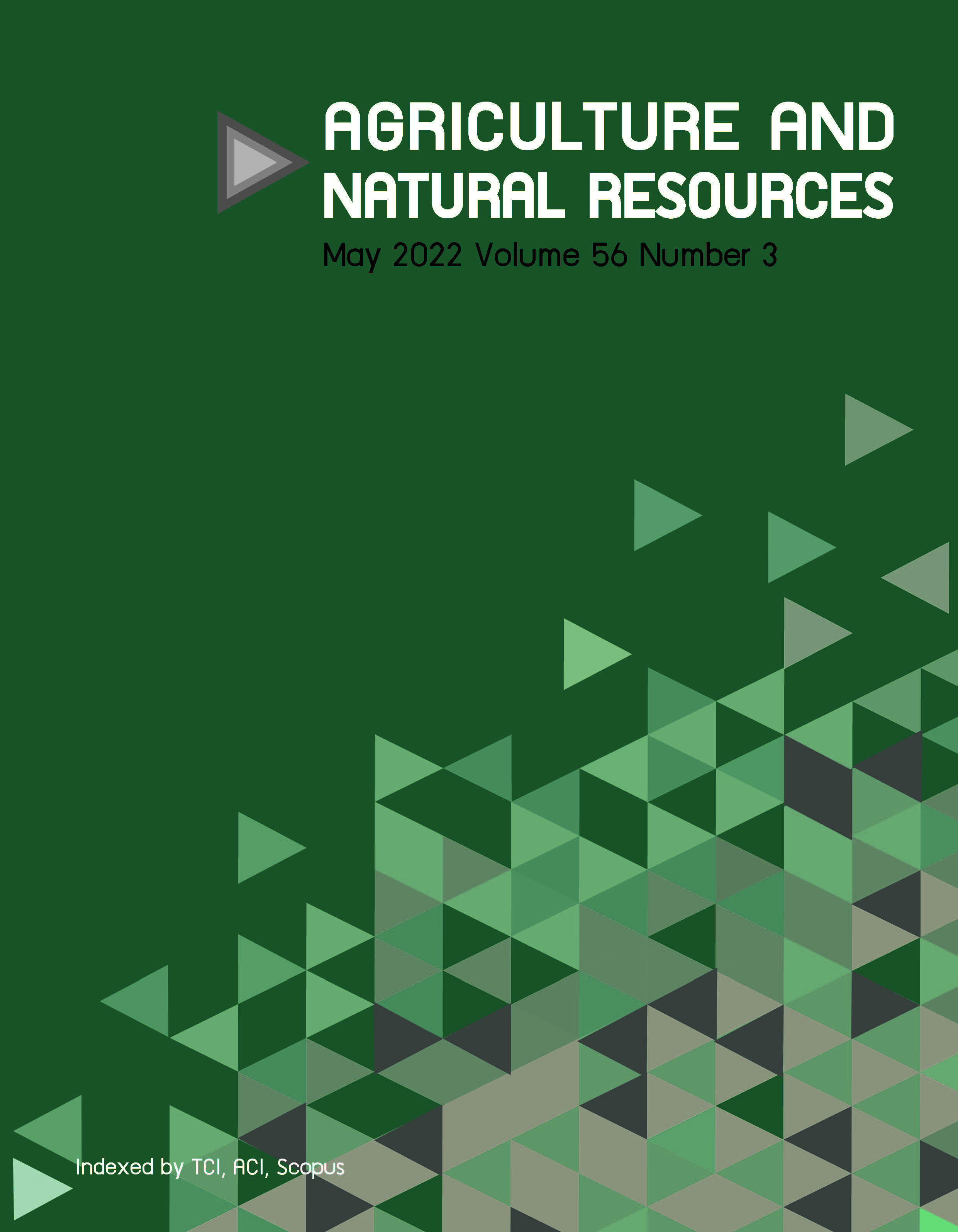Role of cuticle in Colletotrichum infection of chili fruit
Keywords:
Anthracnose, Capsicum annuum, Cuticular waxAbstract
Importance of the work: Anthracnose is a major fungal disease that causes fruit rots in Capsicum in the tropics and subtropics worldwide. Capsicum annuum, the most economically important species, lacks resistance. However, non-wound inoculation of some genotypes has shown differential resistance at different fruit maturity stages, indicating the importance of the fruit cuticle in resistance.
Objectives: To investigate the physical and biochemical characteristics of chili fruit cuticular wax in chili genotypes that have differential host reactions to Colletotrichum truncatum.
Materials & Methods: Four Capsicum annuum genotypes at two fruit maturity stages (mature green and ripe red), were non-wound inoculated with Colletotrichum truncatum isolate ‘158ci’. The fruit cuticle thickness and wettability were measured and wax profiles
were analyzed. Spore germination and appressoria formation of C. truncatum were assessed on cuticular waxes extracted from different genotypes.
Results: Differential anthracnose reactions occurred between fruit stages and chili genotypes. Cuticle thickness and wettability did not correlate with the anthracnose resistance. Wax profiles were similar at both fruit stages for CA758, CA857 and CA1113, whereas CA965 had the lowest triterpenoids/sterols at both fruit stages. Spore germination levels on extracted cuticular waxes from most genotypes were above 80%, while they were the lowest and slowest on CA965. Appressoria formation on all chili genotypes was above 67% higher than the control, indicating that the wax promoted the formation of appressoria.
Main finding: There was no correlation between host resistance reaction to infection by C. truncatum and the composition of cuticular wax of the chili genotypes, indicating that other host mechanisms influence resistance.
Downloads
Published
How to Cite
Issue
Section
License
Copyright (c) 2022 Kasetsart Universityonline 2452-316X print 2468-1458/Copyright © 2022. This is an open access article under the CC BY-NC-ND license (http://creativecommons.org/licenses/by-nc-nd/4.0/),
production and hosting by Kasetsart University of Research and Development Institute on behalf of Kasetsart University.







